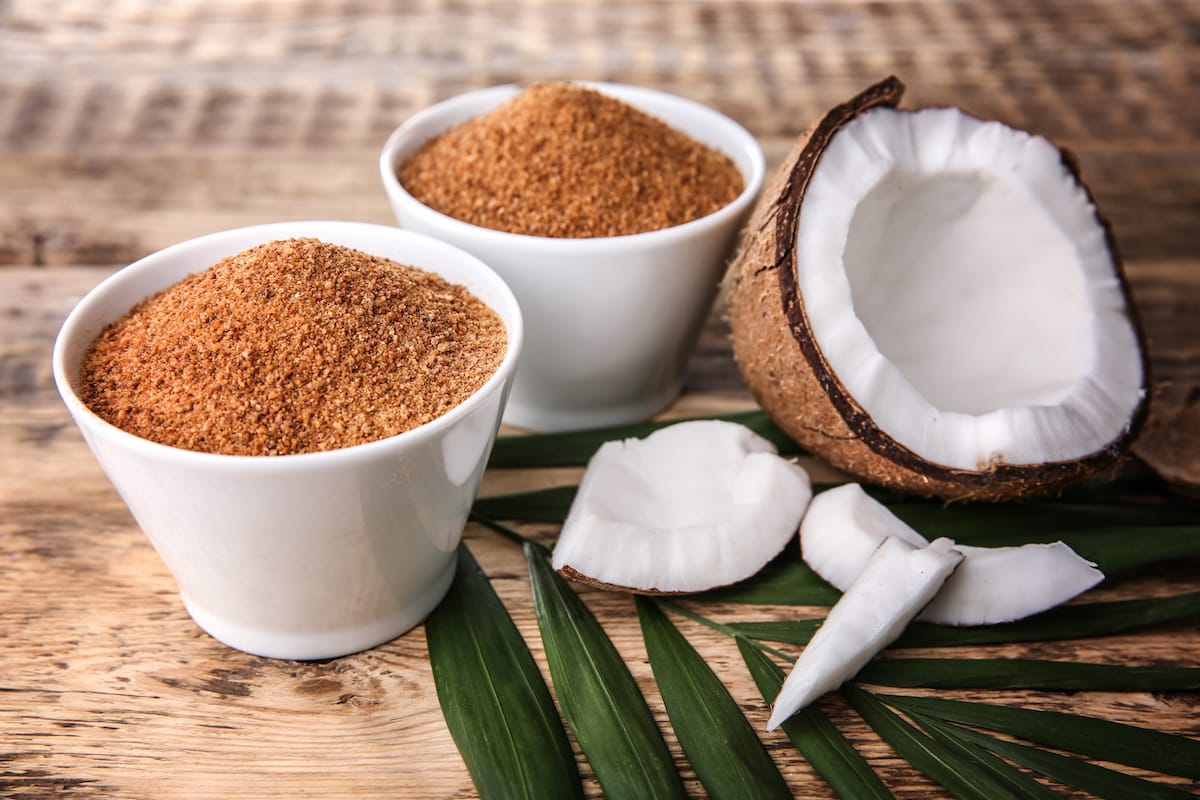Analytics approaches help you detecting adulteration in coconut sugar by combining easy sensory and label checks with laboratory and data-driven tests; you can start by inspecting color, texture, and solubility and verifying origin and ingredient lists, then progress to refractometry, chromatography, isotope ratio analysis, and spectral fingerprinting for definitive results, enabling your sourcing decisions and quality control to rely on measurable evidence rather than guesswork.
Table of Contents
Unmasking the Common Adulterants in Coconut Sugar
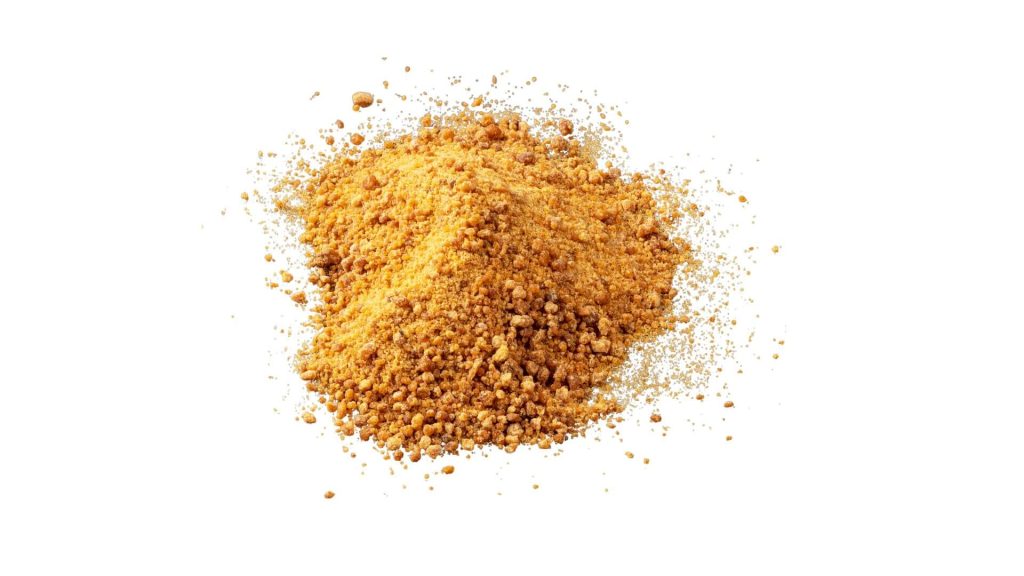
You wouldn’t believe what some people sneak into coconut sugar these days—regular old white sugar, maltodextrin, and even starches from corn or cassava. Basically, anything to bulk it up and make a buck. Lab nerds and industry types have caught batches with more than 30% of this junk mixed in. That’s not a sprinkle, that’s a dump truck. If your coconut sugar looks suspiciously uniform, dissolves in water like it’s racing for gold, or tastes way too sweet, you might be getting played.
Identifying Ingredients: Cane Sugar, Maltodextrin, and Starches
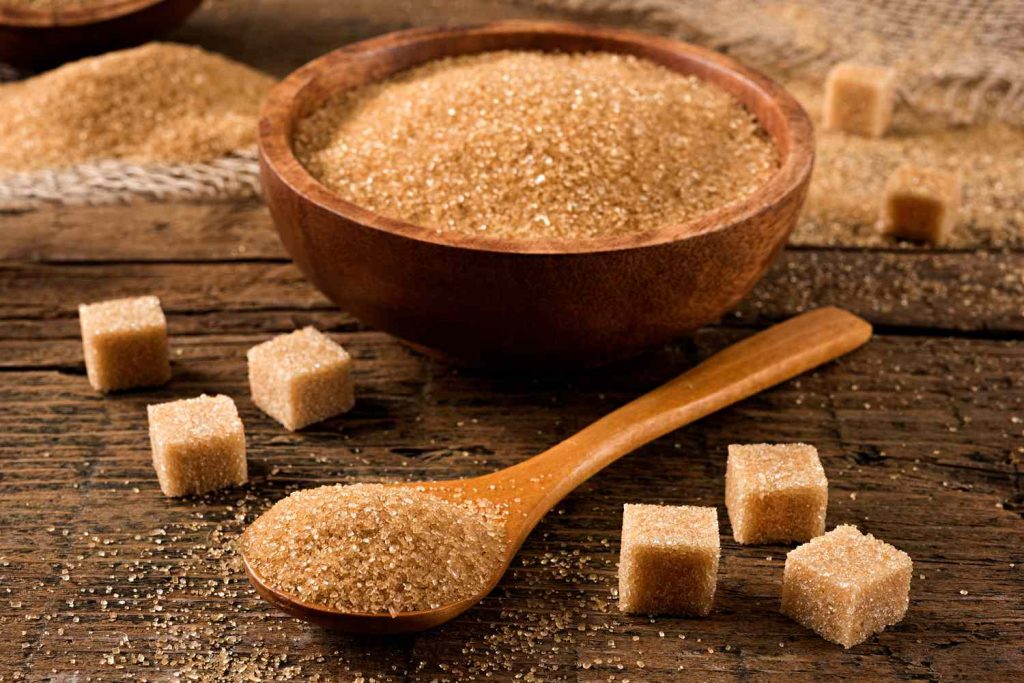
You can spot differences with simple and advanced tests: an iodine test darkens if starches are present, a refractometer gives Brix values skewed by added sucrose, and HPLC or GC-MS reveals sugar profiles indicating cane sugar additions. Maltodextrin raises hygroscopicity and mouthfeel, detectable by moisture sorption analysis or FTIR spectral fingerprints. Sensory checks—less caramel aroma, grainier texture—also guide which analytical path to take.
- The Motives Behind Adulteration: Cost and Availability
Lower raw-cost and inconsistent coconut sap supply drive most adulteration: bulk cane sugar, starches, and maltodextrin are widely available and often 10–50% cheaper on the commodity market, letting dishonest suppliers boost margins or meet demand during shortfalls. You should be wary when prices are significantly below market averages or sourcing lacks transparency, as those are common economic incentives for blending.
Supply volatility amplifies the incentive to adulterate: seasonal sap yields and labor-intensive tapping push up production costs, while certified or organic coconut sugar can command substantial premiums that tempt substitution. You can track commodity price spreads and certification premiums to spot risk periods; major price spikes or sudden supplier switches historically coincide with higher incidence of adulterated batches, so verify certificates and request batch-level test results when sourcing at scale.
Quick and Effective Field Screens for Immediate Detection
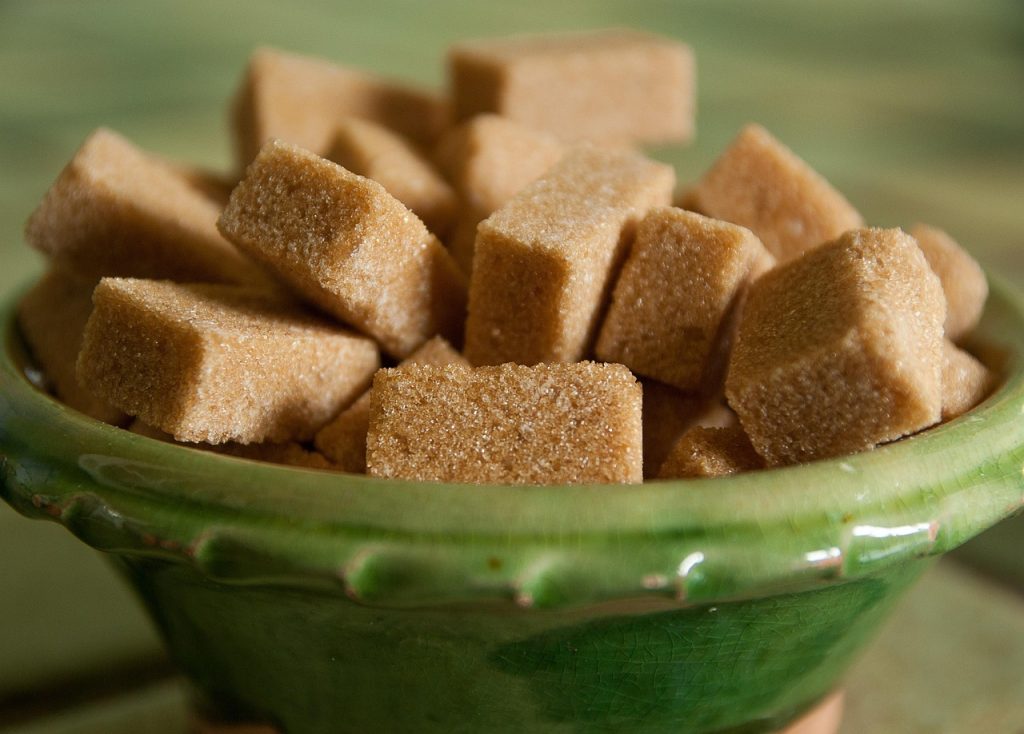
You can triage suspect coconut sugar on-site with a few low-cost checks: solubility and burn tests, an iodine drop for starch, and a simple density comparison using a kitchen scale and 10 g sample. Dissolve 1 tsp (≈4–5 g) in 30–50 ml hot water, watch for cloudiness or sediment, and test a pinch on foil with a lighter for charring behavior. These steps detect common adulterants like starch, silicates, and syrup blends within minutes.
- Detecting Adulteration in Coconut Sugar: Solubility Tests
Dissolve 1 teaspoon (4–5 g) of the sugar in 30–50 ml of 60–80°C water and stir for 30–90 seconds; pure coconut sugar usually clears to an amber solution quickly. Persistent turbidity, floating particles, or a gritty mouth-feel after cooling point to insoluble fillers like flour or starch, while a syrupy, viscous solution suggests added syrups or maltodextrin. Compare against a verified pure sample whenever possible.
Burn Characteristics and Sediment Analysis: Telling Tales of Purity
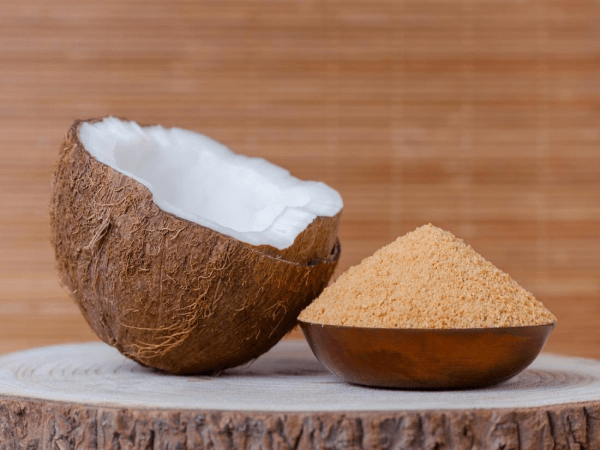
Place a small pinch on foil and heat with a lighter for 10–15 seconds: pure coconut sugar typically melts, caramelizes with a sweet burnt-sugar aroma, then chars to black carbon; white or powdery ash, greenish flame, or unburned inorganic residue indicates mineral fillers or anti-caking agents. Collect any sediment after dissolving and inspect under a magnifier for crystalline versus fibrous particles to refine your suspicion.
In a closer sediment check, filter a dissolved sample through coffee paper and examine the residue: starch shows a pasty, opalescent film that stains blue-black with a drop of iodine, whereas silicate or chalk leaves a gritty, white powder that resists iodine and feels abrasive. Use a magnifier (×10) to spot glassy particles or fibers; finding >0.5% by weight of insoluble residue is a strong red flag for adulteration.
Advanced Lab Techniques: When to Trust the Science
- Isotope ratio analysis (δ¹³C) for C3 vs C4 sugar differentiation
- NMR and FTIR fingerprinting combined with chemometrics
- Targeted marker-compound screens (HPLC, GC–MS)
- Sugar-profile quantification (HPAEC-PAD or ion chromatography)
- Confirmatory tests and cross-validation of methods
Technique vs. What it Reveals
| Isotope Ratio (δ¹³C) | Distinguishes C3 (coconut, ~−24 to −34‰) from C4 (cane, ~−9 to −16‰); detects typical cane additions above ~5% in many labs |
| NMR (1H/13C) & FTIR | Non-targeted molecular fingerprints; multivariate models (PCA/PLS-DA) flag deviations from authentic coconut sugar spectral library |
| Marker Compounds (HPLC/GC–MS) | Identifies maltodextrin oligomers, odd sugar ratios, and process markers (e.g., syrup residues) indicating specific adulterants |
| Sugar Profile | Quantifies sucrose/glucose/fructose ratios; elevated glucose/fructose suggests inverted syrups or processing |
- The Role of Carbon Isotope Ratios (δ¹³C) in Detection
You can use δ¹³C to separate C3-derived coconut sugar (typically −24 to −34‰) from C4-derived cane sugar (around −9 to −16‰); mixing even a small percentage of cane shifts the bulk δ¹³C signal, and many accredited labs reliably detect cane additions at roughly the 5% level or higher, making this a first-line confirmatory test for suspected sucrose-based adulteration.
- Utilizing NMR and FTIR Fingerprints for In-Depth Analysis
If you’re trying to sniff out sneaky stuff in coconut sugar, you’ll wanna break out both NMR and FTIR. 1H-NMR? That thing’s a champ when it comes to picking apart sugar rings and those pesky anomeric protons (science magic, basically). ATR-FTIR, on the other hand, is all about catching those functional group vibes—think of it as smelling the room, but with molecules. Now, mash those spectra together with some PCA or PLS-DA models trained up on the real-deal coconut sugar, and you’re in business. You can spot weirdness, even if someone’s only messing with 1–5% of the sample.
Laboratories typically use high-field NMR (400–600 MHz) to obtain clear resonance separation for sugar moieties and minor additives, while ATR‑FTIR offers rapid throughput (minutes per sample) for screening; combining both increases confidence—FTIR for fast triage, NMR for structural confirmation—and you’ll see many QC workflows reserve NMR for suspected positives flagged by FTIR or isotopes.
- Marker Compounds: The Subtle Clues of Added Substances
If you wanna sniff out adulterants, just zero in on the marker compounds. Maltodextrin? It’s got those telltale oligomer patterns on HPLC—you can’t miss ’em. Inverted syrups mess with the glucose to fructose ratio, so if that looks funky, something’s up. And all those weird process leftovers or solvents? GC–MS picks ’em up like a bloodhound. Honestly, targeted assays do more than just catch cheaters; half the time, you can figure out what they used and maybe even where it came from.
For practical diagnostics, labs screen for maltose/maltotriose peaks and degree-of-polymerization patterns to confirm starch-derived sweeteners, measure unusual oligosaccharides (e.g., higher DP fragments) that don’t occur in pure coconut sap, and cross-check those markers against isotope or spectral data to rule out natural variability versus deliberate adulteration.
Navigating the Spec & Paper Trail: Certificates vs. Reality
You can treat certificates as one piece of evidence, not definitive proof: Organic, Fair Trade, ISO 22000 or GFSI certificates show audit scopes, traceability procedures, and hygienic controls, but rarely include targeted adulteration screens like IRMS or HPLC sugar profiles. Spot checks of COAs against retained samples often reveal discrepancies; plan for independent lab verification, chain-of-custody documentation, and routine review of certificate issue dates and scope limits to prevent reliance on outdated or misapplied paperwork.
- Understanding the Value of Certifications and Their Limitations
Certifications provide process and chain-of-custody confidence—GFSI schemes (BRC, SQF) assess food safety systems, organic labels verify production practices, and ISO 17025 ensures lab competence—but many audits focus on traceability and hygiene, not chemical authenticity. You should expect COAs to list basic parameters (moisture, Brix, invert sugar) while sophisticated adulteration markers like δ13C or specific oligosaccharide fingerprints usually require targeted tests commissioned separately.
- Establishing a Risk-Based Vendor Program for Coconut Sugar
Segment suppliers by risk: origin country, price variance, supply format (powder vs. syrup), and audit history. You can require ISO 17025 COAs, on-boarding IRMS/HPLC tests for the first 3–6 months, and ongoing sampling (10–20% of lots for medium risk; 100% for new/high-risk). Include contractual rights to audit, holdbacks for retained samples, and automatic escalation when a COA shows δ13C values trending toward C4 signatures or prices fall >20% below market.
Operationalize the program by defining sample size (500 g to 1 kg composite per lot), testing panel (HPLC sugar profile, IRMS δ13C, microbial and moisture checks), and acceptance criteria (δ13C consistent with C3 range, expected sucrose/invert ratios). Enforce corrective action timelines: supplier investigation within 7 days, third-party retest within 14 days, and suspension after two failed shipments; requalification requires consecutive passing lots and documentary evidence of root-cause correction.
Crafting a Comprehensive Sampling Plan
Define lot boundaries, objectives, and acceptance criteria up front so you can select the right sampling method: grab, incremental, or composite. Use ISO 2859-1 or ANSI/ASQ Z1.4 tables for lot inspections and target statistical confidence—95% is common—while logging chain-of-custody, storage, and temperature controls. For practical field work you might collect 10–20 increments (100 g each) into a 1 kg composite for laboratory screening, then retain reserved subsamples for confirmatory tests.
- Designing Statistically Sound Lot Checks
Choose sample size based on the question you ask: for prevalence estimates with 95% confidence and ±5% precision you need about 385 samples, whereas routine AQL-based lot checks often use 20–80 units per ISO/ANSI tables. Implement true random selection (random-number generators or random-start systematic sampling), document acceptance/rejection rules, and run periodic power analyses to adjust sample counts as your defect rate changes.
- Ensuring Representation in Sampling to Avoid Bias
Stratify the lot by supplier, production shift, storage location, or pallet to capture variability you might miss with simple random picks; for example, divide a 250-sack batch into 10 strata and sample 2–3 sacks from each. Use composite samples made from multiple increments to smooth within-bag heterogeneity, and always record depth of each increment (top, middle, bottom) so you can detect segregation or layering effects.
Practical steps to reduce bias include mapping the lot, applying random-start systematic sampling within each stratum, and taking multiple increments per selected unit—e.g., two 100 g increments from different depths of a sack. Account for known gradients such as moisture near silo outlets by oversampling those zones. Label samples with GPS, time, and batch codes, and retain duplicate aliquots for reanalysis to protect against subsampling error and chain-of-custody disputes.
Remediation Strategies for Suspected Adulteration
- Action Steps: Responding to Adulteration Detection
Quarantine the suspect lot immediately, label it, and halt shipments. Initiate chain-of-custody documentation and send retained samples to an ISO 17025–accredited lab for HPLC and stable isotope ratio analysis (SIRA), which can detect C4 sugar adulteration down to ~5%. Notify your supplier, suspend related payments, and run a traceback using batch codes across all upstream nodes for lots of 100–1,000 kg. If confirmatory tests show adulteration, activate recall thresholds in your food safety plan and notify customers and regulators as required.
- Contract Language Tips for Protecting Your Business
Look, if you want to keep your supplier in check, your contract better say so—loud and clear. Make ’em promise that everything’s legit: real-deal authenticity warranties, COAs tied to each lot, and strict testing rules (yeah, HPLC and SIRA at legit ISO 17025 labs, none of that sketchy back-alley stuff). Oh, and don’t forget the big guns: indemnity clauses for days—if something goes sideways, they’re covering all the tests, replacements, and even recalls. And, seriously, slap in a product liability policy—minimum a million bucks. No excuses.
Be specific too: if you even sniff adulteration, they’ve got 48 hours to tell you. And for the love of all things organized, get them to keep three backup samples for two years—so there’s no “oops, we lost it” drama if something blows up later.
- Require a lot-specific Certificate of Analysis (COA) and explicit supplier warranty of product purity.
- Specify accepted testing methods (HPLC, SIRA, GC-MS) and mandate ISO 17025 accreditation for labs.
- Include audit rights, mandatory corrective action plans, and complete traceability data access within 72 hours.
- After a confirmed adulteration, require supplier reimbursement for testing, recall, and replacement within 30 days.
Include sample clauses you can insert: “Supplier warrants product is 100% coconut sap; failure to meet specified purity permits testing by you at supplier expense and repayment of all associated costs.” Require third-party testing on demand, retention of traceability records for five years, and recall insurance covering at least $2 million. Define dispute resolution (arbitration within 60 days) and require supplier to maintain trace samples for 12–24 months at specified storage conditions.
- Use template clauses for warranty, COA delivery, testing rights, indemnity, and insurance minimums.
- Set explicit timelines: 48-hour suspected-adulteration notice, 14-day replacement window, 60-day arbitration period.
- Mandate supplier access for audits and require COAs and traceability records be available electronically within 72 hours.
- After confirmatory failure, specify liquidated damages, immediate shipment suspension, and reimbursement of all your remediation costs.
Final Words
Don’t just stop at sniffing and squinting at the label—sure, use your senses, but bring in the big guns too. I’m talking about moisture meters, refractometers, even isotope or chromatography tests if you’re feeling fancy. Want to actually sleep at night? Get those certified lab reports and make your supplier cough up the paperwork showing where this stuff came from. Oh, and don’t just check one bag and call it a day—grab random samples every so often, and lay out exactly what you expect for quality, no wiggle room.
